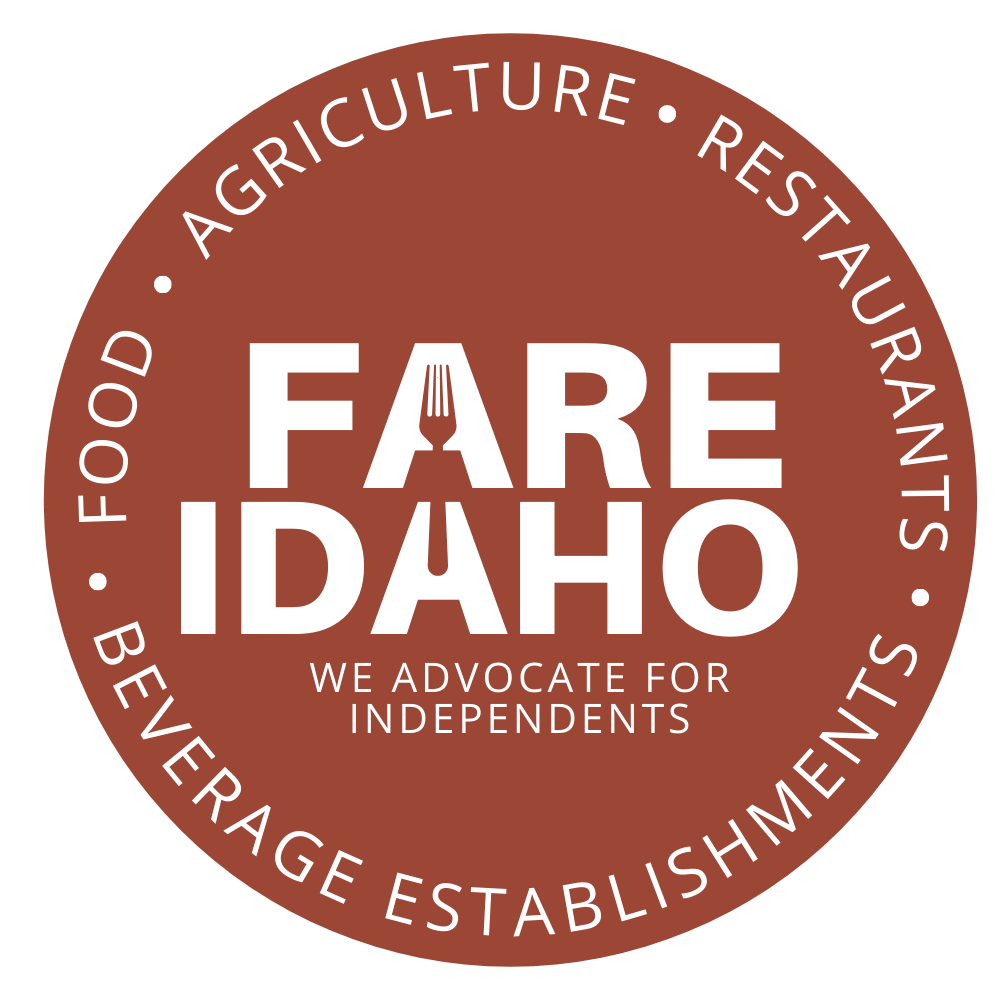Going Whole Hog: Chop Shop BBQ’s Chef Kris Ott Practices Nose-to-Tail Butchery
Photos Courtesy of Chop Shop
Story By Lex Nelson
In 2007, Google needed a butcher for its Mountain View, California, campus’s Café Euro. It turned to Chef Kris Ott, a chef classically trained through work-studies in Paris, France and the California kitchens of Oliveto, The Restaurant at Auberge du Soleil, and Black Cat. At Google, Ott taught staff and visiting chefs how to break down and prepare whole animals—a skill that, for him, was a fundamental part of learning to cook.
“With the chefs I worked with and the level I was cooking at in my early years, everything was butchered. No-one bought pre-portioned product,” Ott said, adding that at Oliveto, “every animal we used came in whole. Goats, lambs, rabbits, ducks, pigs—[everything] minus primals on beef, but there were certain days when we’d do a quarter of a cow.”
Today, it’s rarer for chefs to double as butchers than it was in the ‘90s and early 2000s. The rise of factory farms and advances in shipping have made it cheaper, easier, and faster for chefs to source pre-packaged cuts of meat for their dishes. But at Ott’s “smoke-themed” restaurant in Caldwell, Chop Shop BBQ*, he is still practicing the art of butchery. During the lunch hour, guests can watch his team break down a whole lamb, pig, fish, or even octopus in the restaurant’s open kitchen—then they can come back and eat those animals for dinner.
Ott could easily have left nose-to-tail butchery behind. As he notes, it comes with challenges: chefs need to be able to move a full animal’s worth of meals quickly, incentivize customers to try unusual cuts, rotate their menus on the fly, invest in animal-moving vehicles, and put time, money, and effort into learning skilled butchery. But the technique also has its advantages. For one, it allows Ott to guarantee his products are fresh and high-quality. There’s no risk, for example, of unethical companies passing last season’s frozen fish off as fresh.
“Even some of the big vendors, if they know you’re a business that doesn’t check your product, they’ll send you crap,” he said.
Breaking down his own animals allows Ott to support local ranchers like Gutierrez Family Farms, McIntyre Pastures,* and Back to Basics Farm, all of whom have contributed to dishes on Chop Shop’s rotating menu.
“It’s about getting to know your farmers, and your meat purveyors, and your growers, and creating relationships with them,” he said.
In-house butchery fuels Ott’s creativity. Over his years opening eateries in California, then working as executive chef at Boise-area restaurants Fork,* Alavita,* and The Local, he perfected the ability to piece together delicious, innovative dishes using the seasonal fruits, vegetables, and meats he has on hand. In a way, Ott puts himself through the challenge of the TV cooking show “Chopped” every night.
“We do tongues, we do sweetbreads, we do oxtails, cheeks — for us specifically, I think the goal is to show people that these parts of the animal, the offal, are really good for you,” he said. “...Our idea and focus is to take these parts of the animal that would normally be discarded or considered junk meat and make them approachable and fun. Like we did lamb tongue finger steaks with sweetbread popcorn as a little fry basket. And we sold out in a day.”
Ott would love to see more Idaho chefs take up nose-to-tail butchery.
“For me, it truly benefits everyone involved: the chef, the ranchers, the guests, and the animal,” he said.
*Businesses marked with an asterisk are FARE Idaho members. To see our full member list,click here




